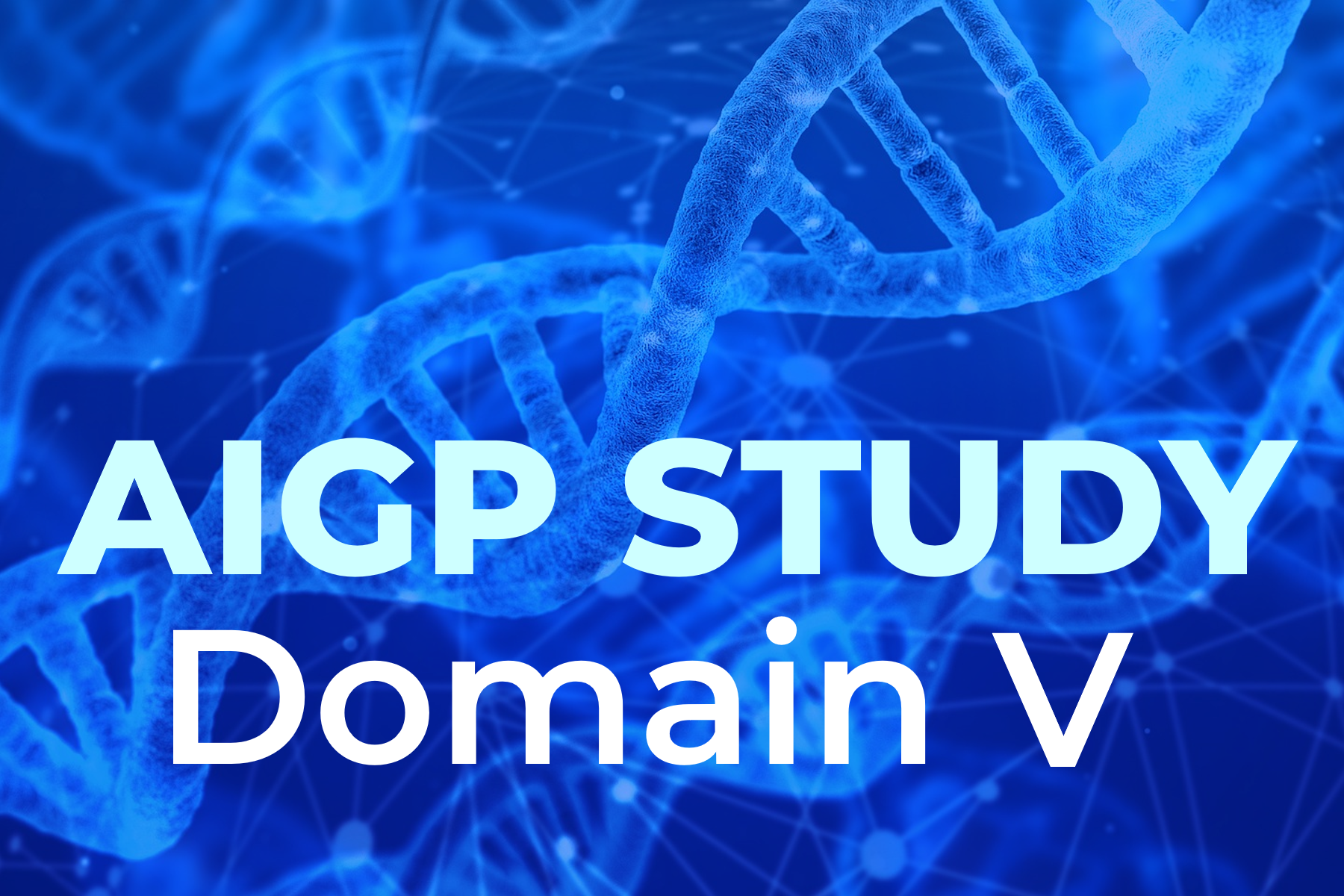Responsible and Effective AI Systems
Welcome to our seven-week journey into the world of AI Governance! Over the coming weeks, we will be delving deep into each domain of the AIGP curriculum, providing you with a comprehensive understanding of their contents. Whether you're a seasoned AI professional or just starting out, our aim is to equip you with the knowledge and insights you need to navigate the complex landscape of AI governance. We encourage you to actively engage in the discussion by leaving comments and sharing valuable resources that can help fellow readers better comprehend the nuances of each domain. Together, we'll explore the key concepts, challenges, and solutions that shape the future of responsible AI. So, join us on this exciting educational journey, and let's dive into the world of AI governance together!
In the dynamic landscape of today's data-driven world, artificial intelligence (AI) has emerged as a transformative force, reshaping industries and influencing our daily lives. However, the rapid evolution of AI comes with inherent risks and challenges. Developing and deploying AI systems responsibly requires a structured approach, and that's where the AI Development Life Cycle (AI DLC) becomes indispensable. This comprehensive framework guides AI projects from conception to implementation, ensuring that AI systems are developed and deployed in a safe, ethical, and effective manner.
Understanding the AI Development Life Cycle
The AI DLC is not just a set of procedures; it's a structured process that navigates the various stages of AI system development. From the initial identification of business objectives to the ongoing monitoring and maintenance of deployed models, the AI DLC provides a roadmap for managing the complexities of AI projects, ensuring they align with the desired goals.
Planning Phase: Laying the Foundation
In this crucial initial phase, the focus is on defining the project's objectives, scope, and governance structure. This involves a meticulous process of determining business objectives and requirements, outlining the data sources, technical constraints, and project boundaries, and establishing a governance structure with clear roles and responsibilities for decision-making and risk management.
Design Phase: Crafting the Blueprint
Moving forward, the design phase shifts attention to the technical architecture and model selection. Here, the emphasis is on implementing a robust data strategy that encompasses data collection, cleaning, labeling, and privacy protection. Additionally, decisions regarding the appropriate AI system type and model for the project are made during this phase.
Development Phase: Bringing Ideas to Life
As the project gains momentum, the development phase focuses on building, training, and evaluating the AI model. This involves implementing the AI system using suitable programming languages and frameworks, identifying and extracting relevant features from the data through feature engineering, training the AI model with high-quality data and appropriate parameters, and rigorously evaluating the model's performance using various metrics and techniques.
Implementation Phase: From Concept to Reality
The final phase concentrates on deploying, monitoring, and maintaining the AI system. It begins with a readiness assessment to ensure that the AI system is prepared for deployment and all potential risks have been addressed. Following this, the model is deployed into production, integrated with existing systems, and subjected to continuous monitoring and validation. The model is adapted to changes in data or environment, and performance issues are promptly addressed through ongoing maintenance.
In essence, the AI development life cycle offers a structured framework for navigating the complexities of AI projects. It ensures responsible, ethical, and effective development and deployment of AI systems. For professionals in data protection, adherence to the AI DLC is not just a best practice; it's a crucial step in safeguarding sensitive information and upholding compliance with ethical standards. By understanding and following the key stages of the AI DLC, organizations can leverage the power of AI while minimizing risks and maximizing benefits in an ever-evolving digital landscape.
In the coming weeks, we'll continue our journey through the AIGP curriculum, equipping you with a solid foundation in the fundamentals of AI governance. We invite you to actively engage with us, share your insights, and let us know your thoughts. Do you see any specific challenges or opportunities in the AI landscape related to data protection and privacy? Have you encountered examples that resonate with the content we've explored in this article? Join the discussion in our group, as together, we navigate the ever-evolving realm of AI governance.
Join the AIGP Study Group on Facebook to engage in discussions, share insights, and connect with fellow learners. Let's continue exploring AI Governance together!




